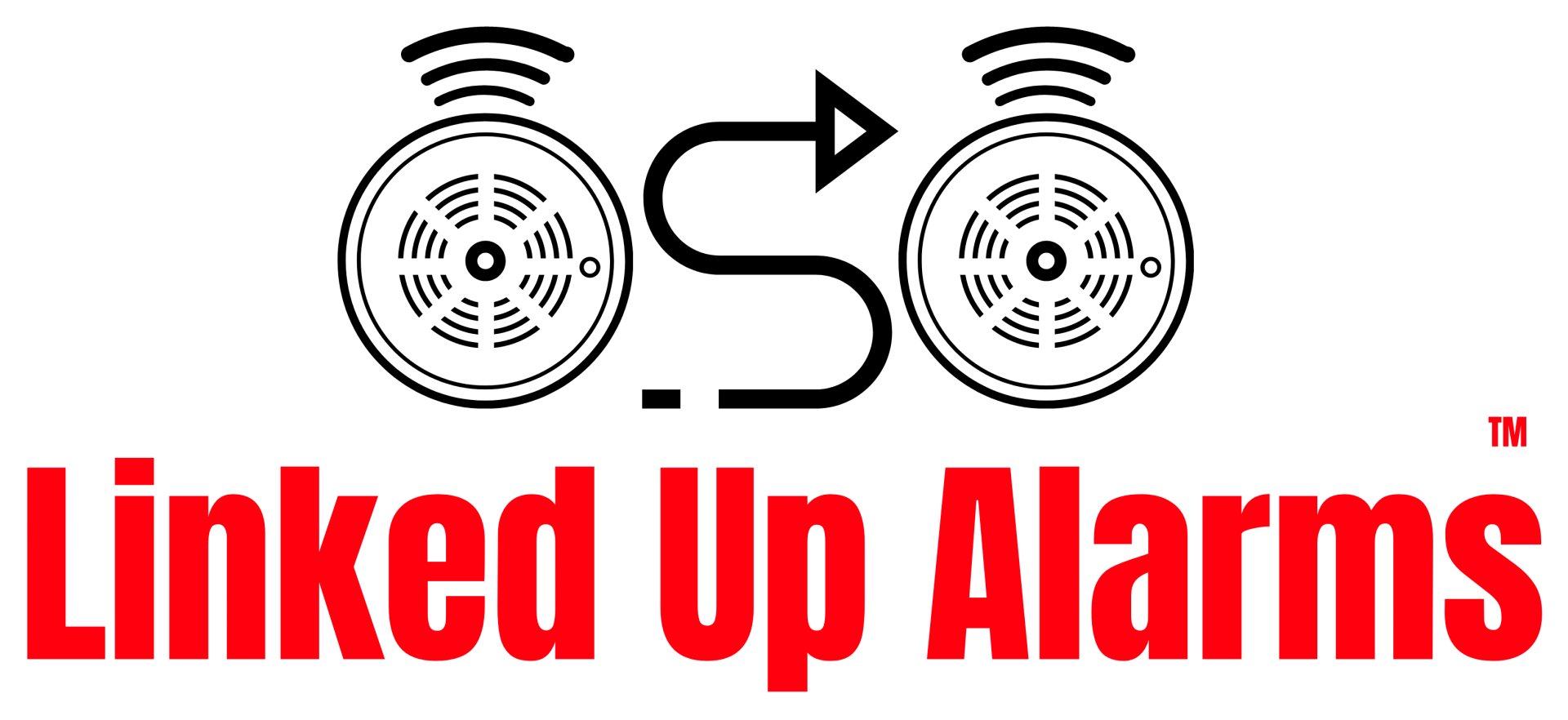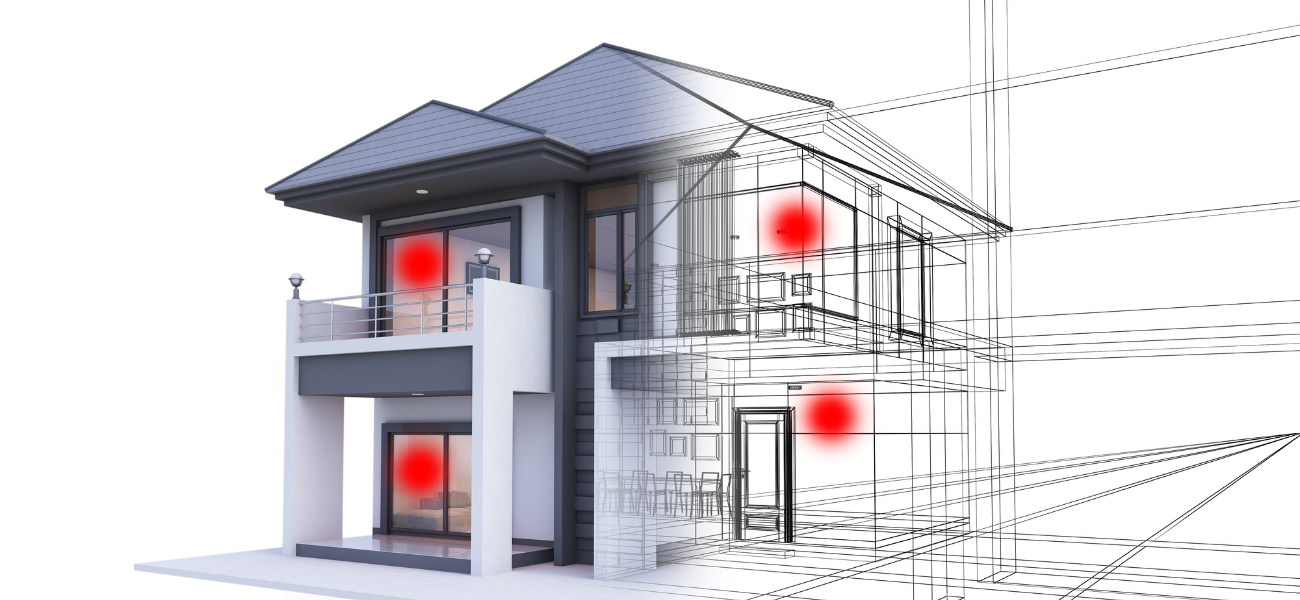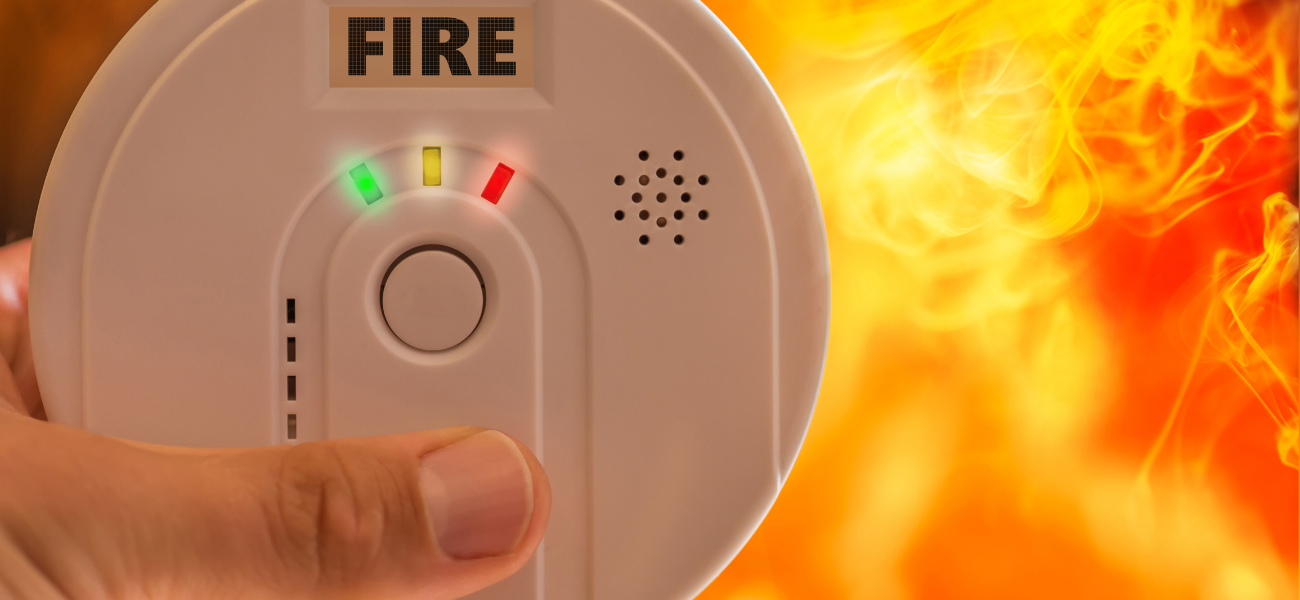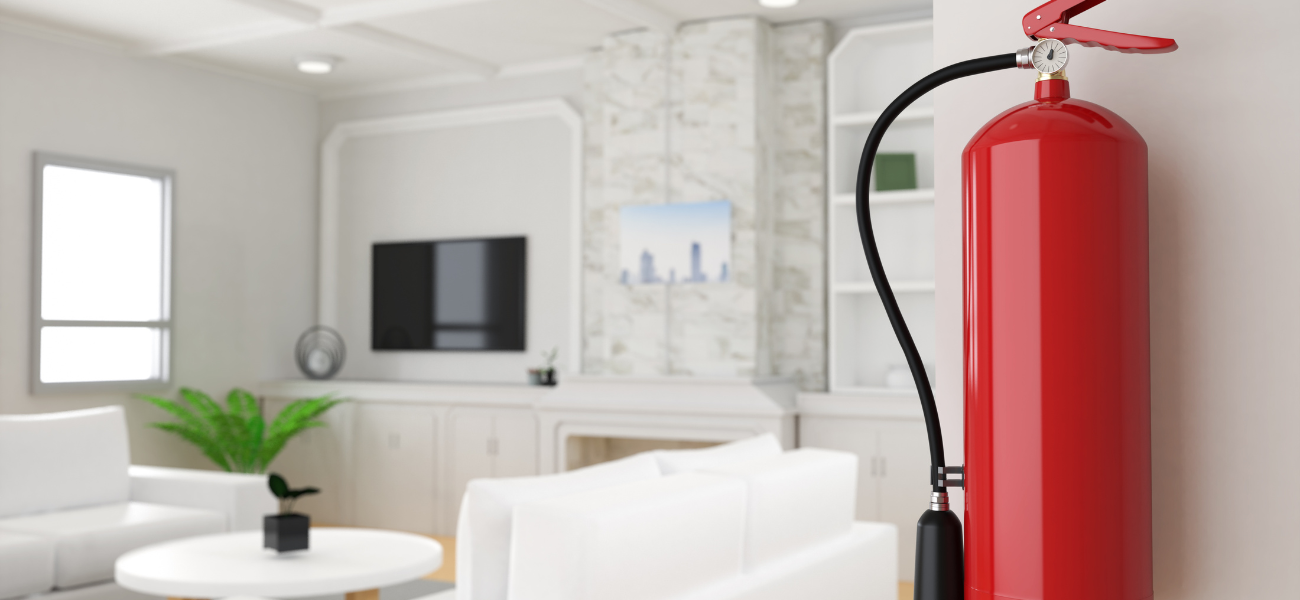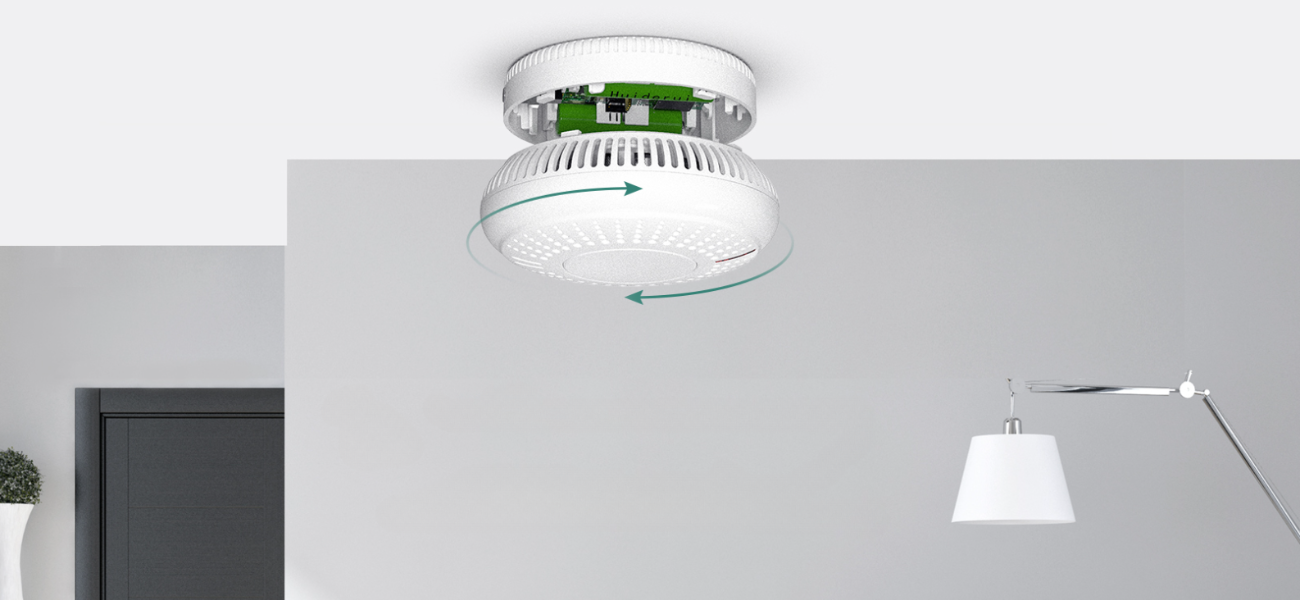The Benefits of Wireless Heat Detectors
Hey there, fellow home (and business!) owners! Fire safety is something we all know is important, but let's be honest, it can feel overwhelming. Today, I want to chat about a fire safety hero that's often overlooked: the heat detector.
Unlike smoke alarms, which go off at the first whiff of burnt toast, heat detectors are triggered by rapid increases in temperature, a tell-tale sign of a fire. They're perfect for places where smoke alarms like to cause a fuss, like kitchens and garages.
Now, let's talk about why wireless heat detectors are the absolute best.
- Installation? Its Easy! No need to mess with complicated wiring. These little lifesavers can be installed in a flash, whether you're a DIY whiz or not.
- Talk amongst yourselves! Wireless heat detectors can be interlinked, meaning if one senses trouble, they all sound the alarm. No more wondering if you heard a faint beep from upstairs – you'll know loud and clear if there's a fire.
- Smart home hero! Many wireless heat detectors work with your smartphone. So, you can check on your home's safety from anywhere, anytime. Peace of mind delivered straight to your phone? Yes, please!
But wait, there's more! Heat detectors are ideal for:
- Kitchens: Cooking can get smoky, and a false alarm is the last thing you need when you're whipping up a masterpiece.
- Garages: Dust and fumes can easily set off a smoke alarm, but a heat detector will stay calm and collected until a real threat appears.
- Fireplace rooms and heating areas: These spots can get toasty, and a heat detector provides an extra layer of protection.
Plus, say goodbye to those annoying false alarms! Heat detectors won't be fooled by a little steam or cooking smoke.
Understanding Heat Alarms
Heat alarms, as the name suggests, are detectors designed to detect heat. They are triggered by a rapid rise in temperature, typically indicating a fire.
- They operate differently from smoke alarms, which are activated by smoke particles in the air.
- Heat alarms are particularly useful in areas where smoke alarms may give false alarms. These include kitchens or garages, where dust or cooking fumes can trigger a smoke alarm.
Understanding the difference between heat and smoke alarms is crucial for effective fire safety planning.
Advantages of Wirelessly Interlinked Heat Alarms
Wireless heat alarms offer several advantages over their wired counterparts. One of the most significant benefits is their ease of installation.
- Without the need for complex wiring, they can be installed quickly and easily. This makes them a convenient choice for homeowners and business owners alike.
Another advantage of wireless heat alarms is their interconnectivity. If one alarm detects heat, it can communicate with the others, triggering them all. This ensures a rapid response to potential fire threats.
- This interconnectivity is achieved by being wirelessly interlinked, making the system more flexible and easier to install.
Finally, many wireless heat alarms offer smart device integration. This means you can monitor and control your heat alarms from your smartphone or other devices.
- This feature provides added convenience and peace of mind, knowing you can check on your property’s safety wherever you are.
Optimal Environments for Heat Alarms
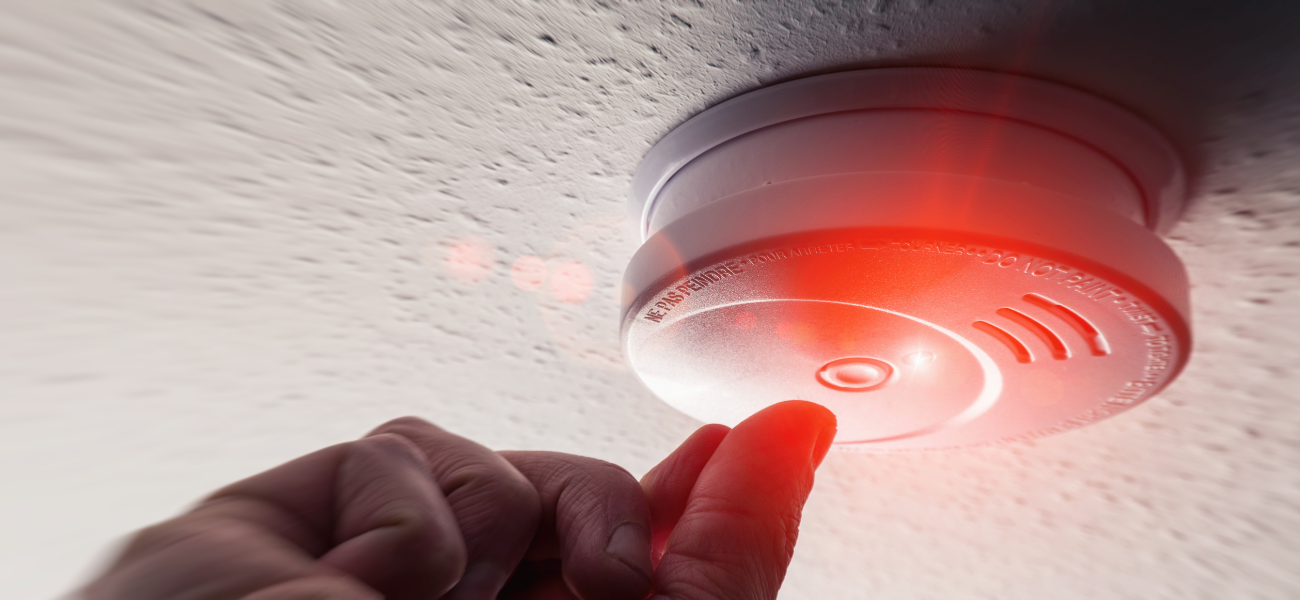
Heat alarms are particularly effective in certain environments. They are designed to detect rapid increases in temperature, making them ideal for areas prone to high heat levels.
- Kitchens and garages are common locations for heat alarms. These areas often experience rapid temperature changes that can indicate a fire.
In addition to these areas, heat alarms can also be beneficial in rooms with fireplaces or heating systems. They provide an extra layer of protection against potential fire hazards.
Reducing False Alarms
One of the key benefits of heat alarms is their ability to reduce false alarms. Unlike smoke alarms, they are not triggered by smoke particles or steam.
This makes them less likely to cause unnecessary alarm. For instance, in a kitchen where smoke from cooking is common, heat alarms will not sound unnecessarily.
In conclusion, heat alarms provide a more reliable detection method in certain environments. They help avoid the inconvenience and potential danger of false alarms.
Maintenance and Testing
Regular testing and maintenance of heat alarms are crucial. This ensures they are always in optimal working condition.
Heat alarms typically have a lifespan of about 10 years. After this period, they should be replaced to ensure effectiveness.
Here are some maintenance tips:
- Test the alarm monthly by pressing the test button.
- Replace batteries annually, if applicable.
- Clean the alarm periodically to prevent dust build-up.
Understanding Smoke, Heat, and CO Alarm Requirements: Scotland vs. England
In recent years, both Scotland and England have updated their regulations regarding smoke, heat, and carbon monoxide (CO) alarms in residential properties. While there are similarities, some key differences exist. Let's break down the current requirements for each country.
Scotland: Comprehensive Protection
Scotland has implemented stringent regulations applying to all homes, regardless of ownership:
Smoke Alarms:
- Minimum of one in every circulation space on each floor
- At least one in the main living area
- All must be ceiling-mounted and interlinked
Heat Alarms:
- At least one in every kitchen
- Carbon Monoxide Alarms:
- Required in rooms with carbon-fueled appliances or flues
All alarms must be interlinked and either mains-powered with battery backup or use sealed long-life batteries.
England: Basic Safety Standards
England's requirements are less extensive but still ensure basic safety:
Smoke Alarms:
- At least one on every storey with a habitable room
- Carbon Monoxide Alarms:
- Mandatory in rooms with fixed combustion appliances (except gas cookers)
- Also required where a flue passes through a room
For Rental Properties:
- Landlords must ensure alarms are functional at the start of new tenancies
Unlike Scotland, England doesn't legally require heat alarms or wireless interlinked systems, though these are recommended for enhanced safety.
Key Differences:
- Scotland mandates interlinked alarms; England doesn't
- Heat alarms are required in Scottish kitchens but not in England
- Scottish regulations apply to all homes; some English rules focus on rentals
- Scotland requires ceiling-mounted alarms; England doesn't specify placement
While these are the current regulations, it's crucial to stay informed about potential updates. Always consult official government sources or local authorities for the most current and detailed information.
Regardless of legal minimums, prioritizing comprehensive alarm systems in your home can provide invaluable peace of mind and potentially life-saving protection.
Conclusion
Wireless heat alarms offer numerous benefits. They provide reliable fire detection, reduce false alarms, and are easy to install and maintain.
Assessing your current fire safety measures is crucial. Consider if adding wireless heat alarms could enhance your protection.
Don't wait until it's too late. Invest in wireless heat alarms today for a safer tomorrow.
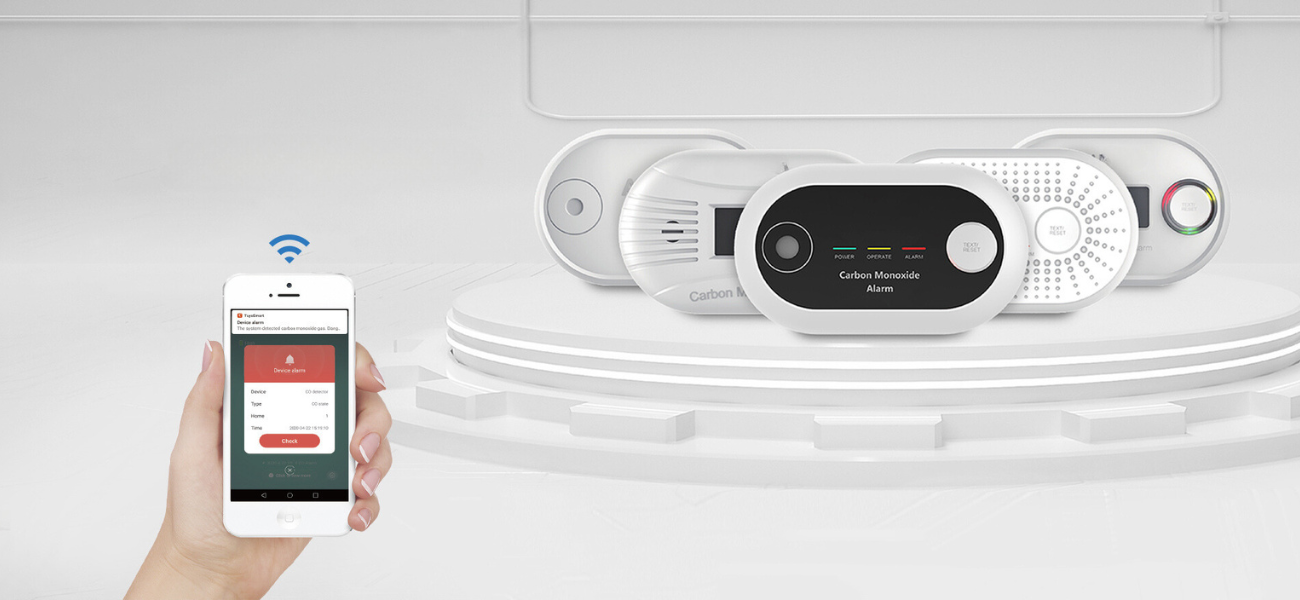
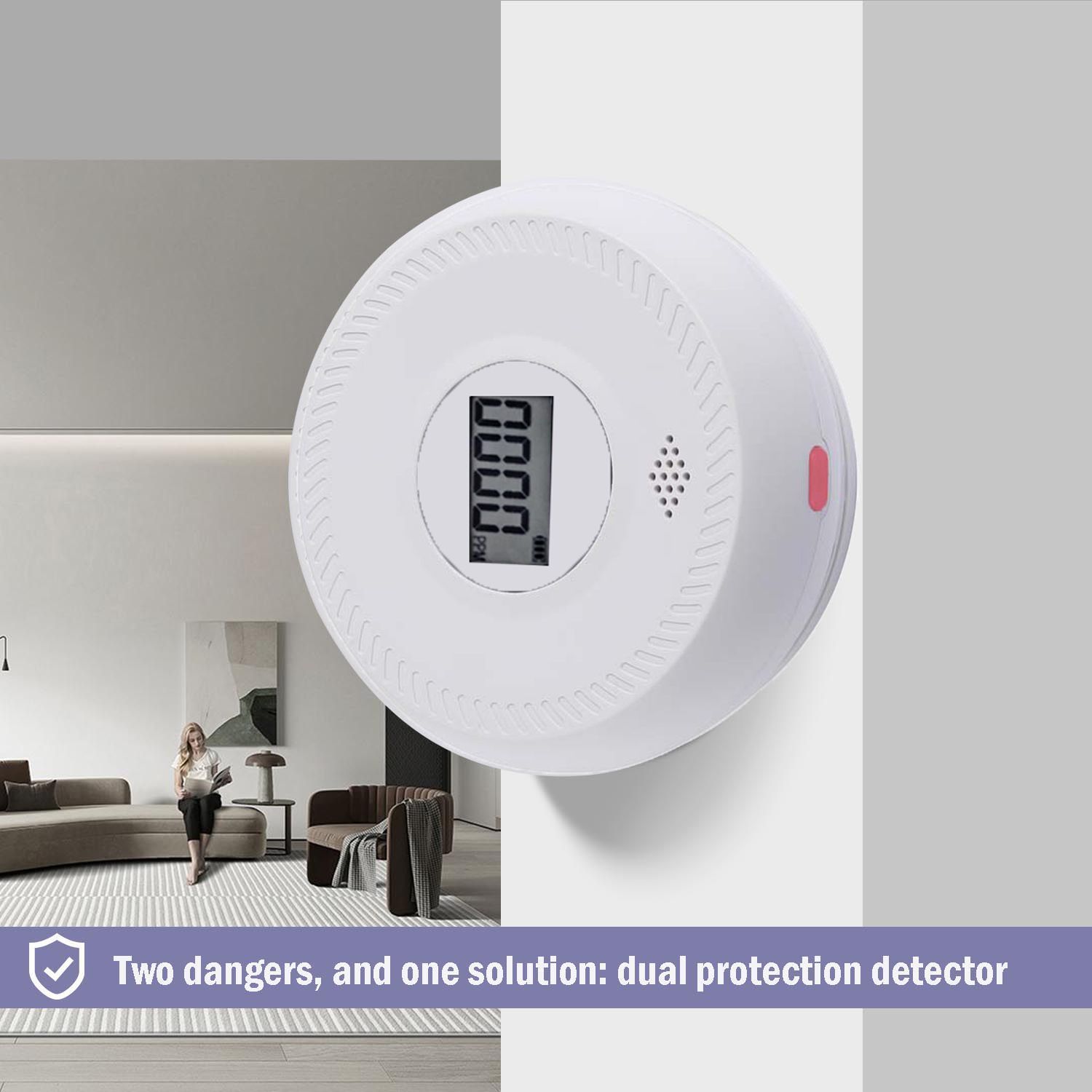
Helping UK Households Meet the New Smoke Alarm Law (Interlinked Alarms Required)
Linked Up Alarms Ltd
Company Number: SC709004
VAT Number: 392 8916 46
Data Protection Number: ZB279937
LOCATION
4 Barrack Street
Hamilton
ML3 0DG
CONTACT US
sales@linkedupalarms.com
Mon: 9:30 AM - 5:30 PM
Tue: 9:30 AM - 5:30 PM
Wed: 9:30 AM - 5:30 PM
Thu: 9:30 AM - 5:30 PM
Fri: 9:30 AM - 4:30 PM
Sat: Closed
Sun: Closed
POPULAR PAGES
